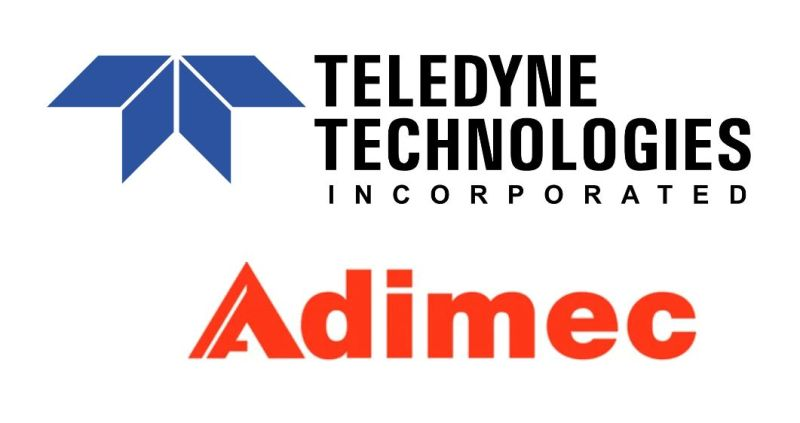Understanding Light-Limited vs. Shot Noise Limited Imaging Systems
When selecting an industrial camera, determining whether your application is shot noise limited or not can help you prioritize key parameters like dynamic range and sensitivity. In this blog post, we’ll explain how to assess if your imaging system is light-limited or shot noise limited.
What Is Shot Noise?
Shot noise originates from the discrete nature of electrons. To illustrate, consider counting cars passing an overpass each minute—your counts will vary slightly due to random fluctuations in arrivals. Similarly, electron capture follows a Poisson distribution where standard deviation equals the square root of signal level (electron count).
Light vs. Shot Noise Limitation
- Light-Limited System: Occurs when sensor exposure cannot increase further without saturating pixels. Here, full well capacity is less critical than minimizing other noise sources like readout or fixed pattern noise.
- Shot Noise Limited System: Happens with abundant light and a high-capacity pixel (large full well), where shot noise dominates the signal. Increasing pixel electron count improves SNR.
Key Formulas to Remember
- Shot noise standard deviation: √N, where N is electron count.
- Signal-to-Noise Ratio (SNR): √N for photon-limited systems (ignoring other noise sources).
- Full well capacity: The maximum electrons a pixel can hold before saturation.
Free ePaper on How to Select the Best Industrial Camera – Click Below:
Last Updated: 2025-09-04 19:08:33
